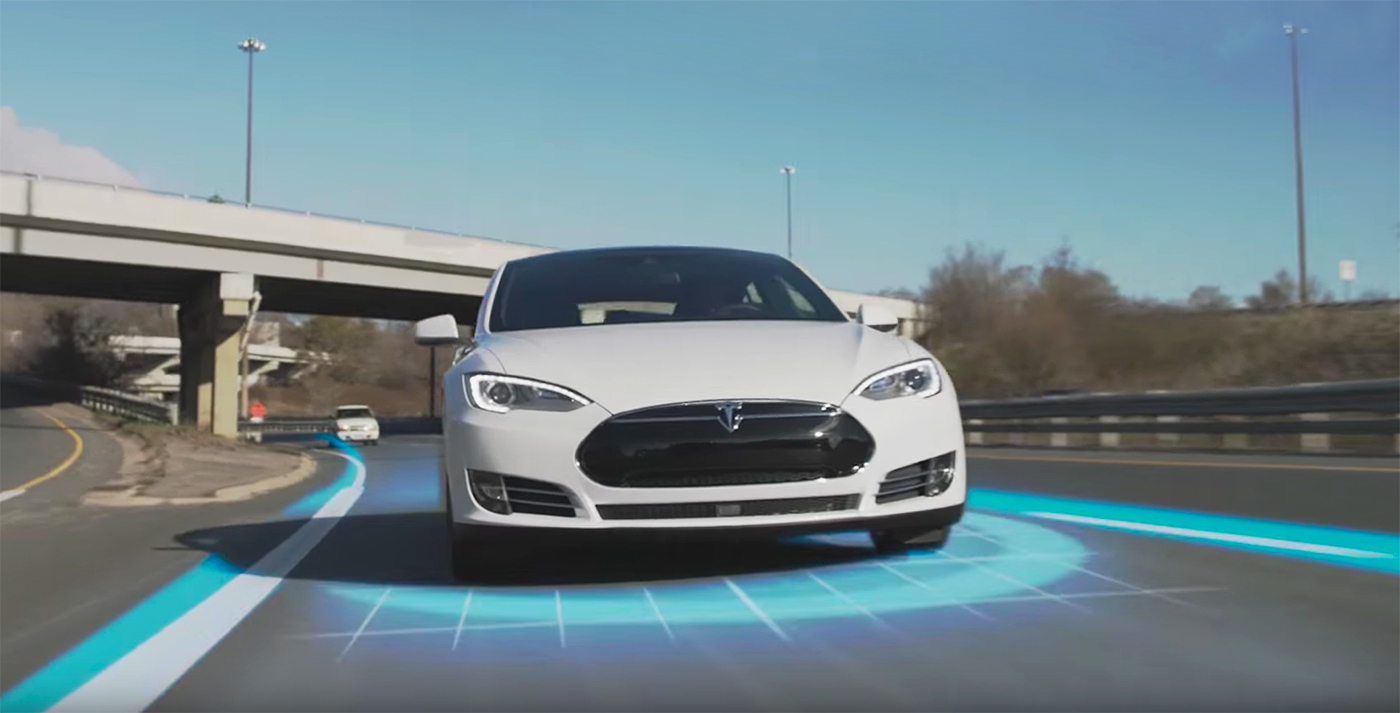The National Transportation Safety Board has completed a preliminary review of the fatal crash that killed 38-year-old Walter Huang in California last March. And…well, it’s complicated.
Huang died when his Tesla Model X collided with a crash attenuator–one of those barriers that looks like a crumple zone, often placed between an interstate and an exit ramp. Tesla previously confirmed that Autopilot was engaged at the time of the collision, but also said that Huang hadn’t been keeping his hands on the wheel as he should’ve been.
I don’t normally like the policy of blaming victims, but in this case, Tesla had a point: Autopilot isn’t a fully autonomous driving system, and those who use it have to remain vigilant.
However, the NTSB’s new report suggests that Autopilot may be partially to blame for Huang’s death, too. With Autopilot engaged, the Model X didn’t just drift into the crash attenuator, it accelerated toward the barrier and made no attempt to brake:
-
At 8 seconds prior to the crash, the Tesla was following a lead vehicle and was traveling about 65 mph.
-
At 7 seconds prior to the crash, the Tesla began a left steering movement while following a lead vehicle.
-
At 4 seconds prior to the crash, the Tesla was no longer following a lead vehicle.
-
At 3 seconds prior to the crash and up to the time of impact with the crash attenuator, the Tesla’s speed increased from 62 to 70.8 mph, with no precrash braking or evasive steering movement detected.
Even though the attenuator was damaged from a previous collision, you’d expect Autopilot to be capable of identifying it as an obstacle, no? I mean, obviously drivers need to keep their eyes on the road until Autopilot becomes self-sufficient, but they shouldn’t have to worry that their cars are going to veer into large, stationary objects. It sounds as if Autopilot has some serious flaws that need to be resolved before consumers can feel safe using it again.
